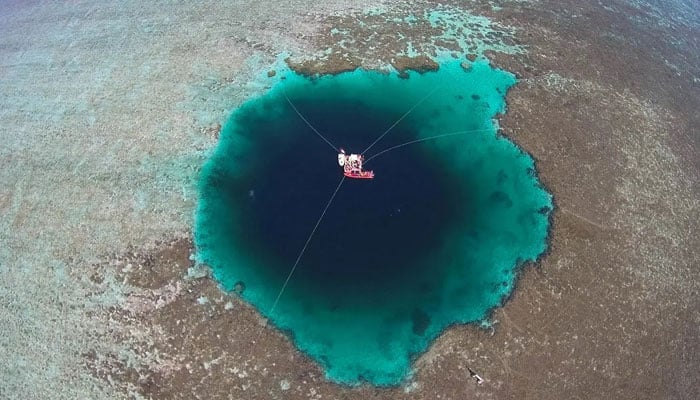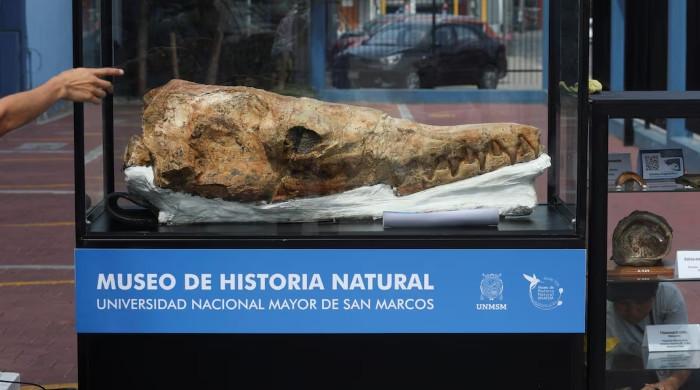Here are details of world's second deepest blue hole
The second deepest blue hole is named Taam Ja in Mayan, meaning "deep water"
April 25, 2023

Blue holes are believed to be the mysterious space underwater that go very deep and are abundant with plant and animal life. A similar blue hole has been identified by scientists at Chetumal Bay off the coast of Mexico.
The second deepest blue hole is named Taam Ja in Mayan, meaning "deep water". It is estimated to be 900.2 feet (274.4 metres) deep.
The first deepest hole is located off the coast of China, with a depth of 987 feet (300.89 metres). It was discovered in 2016 and was named Dragon Hole or Longdong.
The observation and survey were carried out in 2021; however, the experts have revealed its existence in recent research published in Frontiers in Marine Science.
According to the team, based at Colegio de la Frontera Sur (ECOSUR), a research centre in Mexico: "The information gathered revealed a maximum recorded depth of 274.4 metres below sea level (mbsl). This makes the now-named 'Taam ja Blue Hole (TJBH)' the world's second-known deepest blue hole. Origin and geological evolution of the TJBH deserve further investigation."
The blue holes are similar to sinkholes on land. The only difference is they're filled with water which makes it possible for boats and ships to pass over them.
The Mexican researchers said that knowledge provided by local fishermen prompted them to investigate this particular location. This was despite finding no references to blue holes at Chetumal Bay in the existing scientific literature.
With the help of echo-sounding, the team determined its dept whereas it sought scuba diving to measure upper depths.
The researchers said that "Taam ja has a nearly circular shape at its surface and steep sides with slopes of more than 80 degrees that form a large conic structure, adding that the walls of the blue hole are covered by a fine-grained layer and coated by brown algal biofilms — slippery communities of algae that bind together to survive."
They also noted that the blue hole is close to the coasts of Mexico and Belize and its discovery could lead foreign and local visitors.
The researchers concluded in their paper that currently, the local population is not aware of the existence of the TJBH.
"[We] encourage the scientific community to explore, monitor, and broaden the research of the TJBH to settle an adequate basis for responsible social appropriation in the near future," they maintained.











